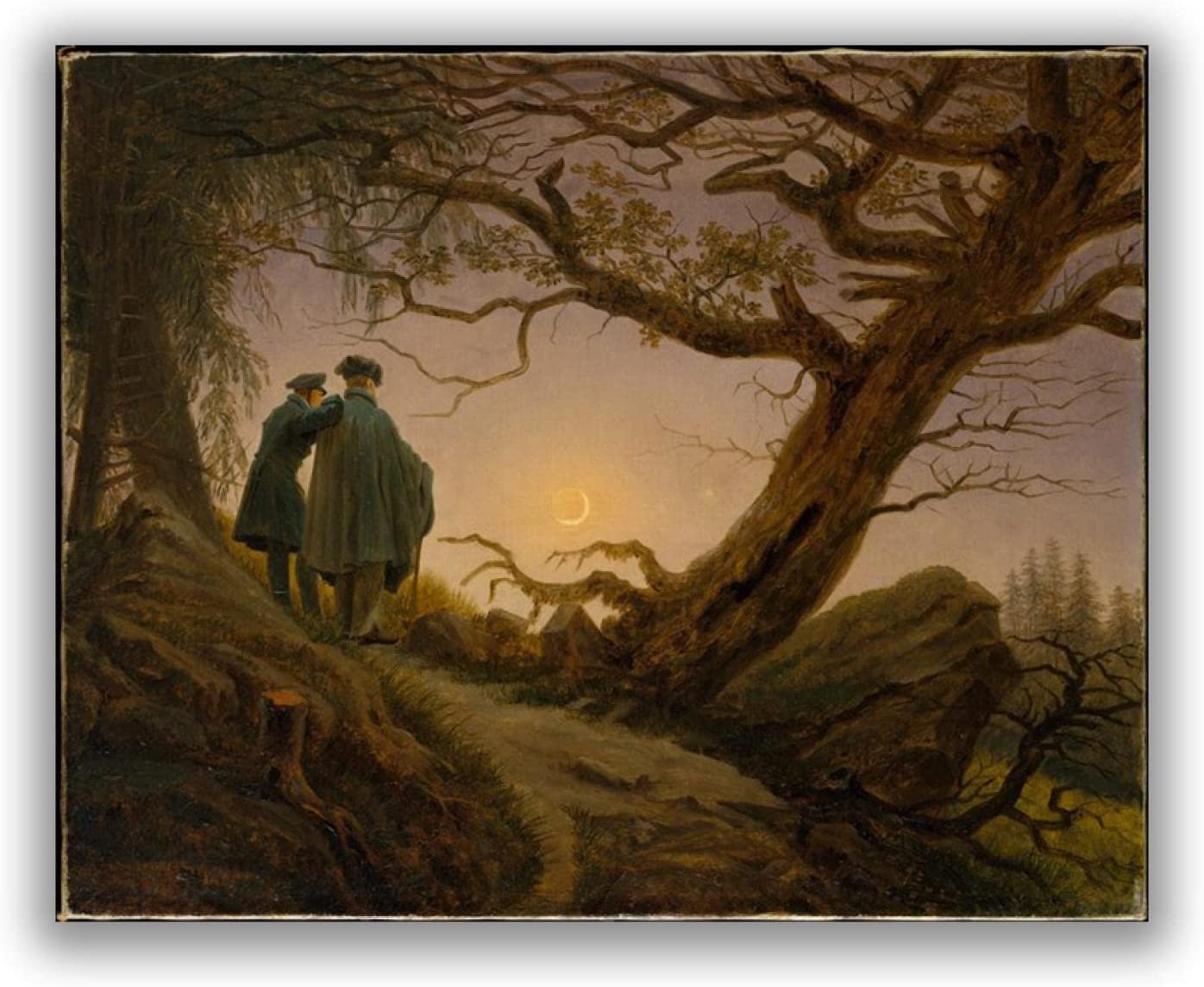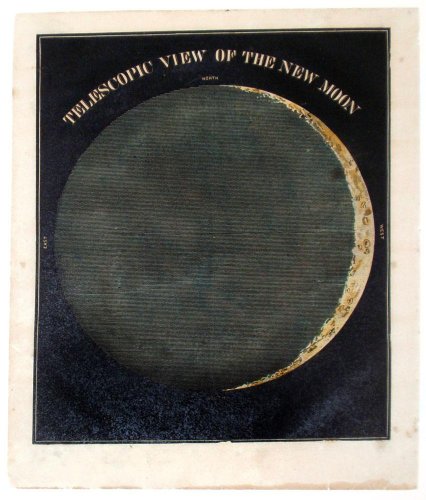A New Moon occurs when the Moon is directly between the Earth and the Sun and not visible from Earth.
In its monthly orbital motion around Earth, the Moon comes into conjunction with the Sun as seen from Earth. The dark side of the Moon faces almost directly toward Earth, so that the Moon is not visible to the naked eye and reflects no light into the night sky.
This is the best time of the month to observe faint objects such as meteor showers, galaxies and star clusters because there is no moonlight to interfere.
Only during a New Moon can a total solar eclipse occur, and only when the Moon's orbit is within 0.5 degrees of the plane of the ecliptic, a line that passes through the center of the Sun and the Earth. Consequently, there is not always a solar eclipse during a New Moon.
In some folklore, the horns of a crescent moon foretell the weather. Turned on their side, the weather will be fair. But if they are turned up, the moon is holding water for a heavy rain, as in the ballad of Sir Patrick Spens…
I saw the new moon late yestreen
Wi’ the auld moon in her arm;
And if ye gang to sea, maister,
I fear we’ll come to harm.
A New Moon signifies the start of the Hindu and Islamic calendar months. And each New Moon has a connection to the signs of the Zodiac in astrology, which recommends that surgical operations not take place during this phase.





